The House Of Collections, shortly the Avramide House, was built in 1897 by the Greek shipowner and successful local entrepreneur Alexe Avramide and survived the communist regime, due to its advanced degree of degradation and also to some people who turned it into a museum, without damaging it.
The director of the Panait Cerna County Library, Dr. Ligia Dima, documented the building's history as a member of the organizing committee of the Avramide House exhibition, which was opened after the rehabilitation of the patrimonial building. She told AGERPRES that its owner, Alexe Avramide, was born in 1857, according to his marriage certificate, in Ioannina, on Turkey's territory at the time.
"At the age of 15, having some money in his pocket, he settled in Tulcea, with the intention of making a fortune. He got a job at an inn on the current Victoria Street, where he worked until he was 18-19 years old. Due to his seriousness and diligence, Alexe Avramide becomes the owner of the inn and begins to prosper in business. On July 28, 1890, Alexe, a merchant by profession, marries Elvira A. Snaidt, a Catholic, born in 1868, in the city of Karlovac, in today's Croatia. According to word of mouth, she was the innkeeper's daughter and this marriage explains his sudden wealth," reads an article signed by Ligia Dima, published in The Annals of Dobrudja, edited by the Constanta National History and Archeology Museum, Agerpres informs.
To build the house he wanted as a symbol of his prosperity, Avramide brought Italian craftsmen to Tulcea in 1897. The house situated in the center of Tulcea, in front of St. Nicholas Church became the most beautiful building in the city, its furniture and decorative objects being mostly bought in Vienna.
"The members of the Avramide family lived in the four rooms facing the St. Nicholas Church. The living room served as a dining room. The large hall was also used as a kind of dining room. The basement of the building consisted of a cellar, laundry room, kitchen and bedrooms for the boys," Ligia Dima described the initial organization of the building.
The Avramide family owned a mill, a sawmill and land, and in 1926 it was the most important employer in the city, the products made in Tulcea being exported to Syria, Palestine, Egypt and North Africa. In 1948, the mill and the sawmill were nationalized and administered by the 8 Mai Economic Enterprise in Tulcea, and the house was evacuated by the communists, after it being the headquarters of the Greek Democratic Committee in the period 1944-1950.
The children of the Avramide family were sent to prison by the communists, and those who survived the detention later lived in rent nearby, on Victoriei Street, no. 32, in a house that belonged to a Greek.
"In 1949, on the initiative of the cultural advisor of the Ministry of Culture, Grigore Cuculis, the Tulcea Museum was established. It is housed, starting on May 1, 1950, in the house built by Alexe Avramide and then inherited by his eldest son, Albert, who died on December 9, 1947. The house has belonged to this day to the Tulcea Museum, transformed, in 1993, into the Eco-Museum Research Institute Tulcea (ICEM), which now bears the name of the first director of the museum, Gavrila Simion," Dima mentions.
During the communist regime, the building was the Danube Delta Museum, and the people who knew its story saved the patrimonial building. For example, the decorative elements of the building were only whitewashed, so they could be restored through a project financed by the European Union and the Government of Romania in the period 2010-2012.
The rehabilitation of the patrimonial building could be conducted in the context in which, after the Revolution of December 1989, the building was claimed by the descendants of the Avramide family, who later donated it to the local community.
The project had a total budget of about 46.1 million RON, that also covered the rehabilitation of the Art Museum. The two buildings are now part of the Northern Dobrogea Cultural Heritage Museum Complex, and works of art from all over the world were present on their facades. Debates and screenings of "environmentally friendly" films, painting workshops, Chinese language and culture courses, jazz and folk sessions, book launches, but also social projects for the community took place in their halls.
At the moment, the basement of the building hosts cultural events, but also workshops for children. Only the ground floor is furnished with pieces from the Art Museum collection and recreates, in an exhibition, the atmosphere of the end of the 19th century.
"The glass at the entrance with the master of the house's initials and the lantern above the main entrance are the only elements that have been preserved since the house was built. When the walls were uncovered, when the building was rehabilitated, the original ornaments and paintings were found and were restored. They resisted the communist regime, because they were covered with lime, paints and textiles, which helped to their preservation until today," specified the ICEM museographer, Liliana Cononov.
On the same level, visitors can admire paintings signed by Eugeniu Barau and pieces from the Oriental decorative art collection of the Art Museum in the rooms once inhabited by the Greek shipowner.
On the first floor of the building, there are now the administrative offices of ICEM.
In 2012, when the two heritage buildings were returned to the public, the jury of the Bucharest Architecture Biennale awarded Casa Avramide the prize of the section "Architectural heritage - conservation, rehabilitation, conversion and restoration projects of the existing built heritage". The award was shared by Aurel Eugen Botez and Andrei Atanasiu, the authors of the project for the rehabilitation of the building in Tulcea, and Macalik Arnold, the author of the project "Rehabilitation of the sanctuary and choir of Saint Michael's Cathedral of Alba Iulia", the first distinction awarded by a professional organization specialized in a rehabilitation project carried out in the county.

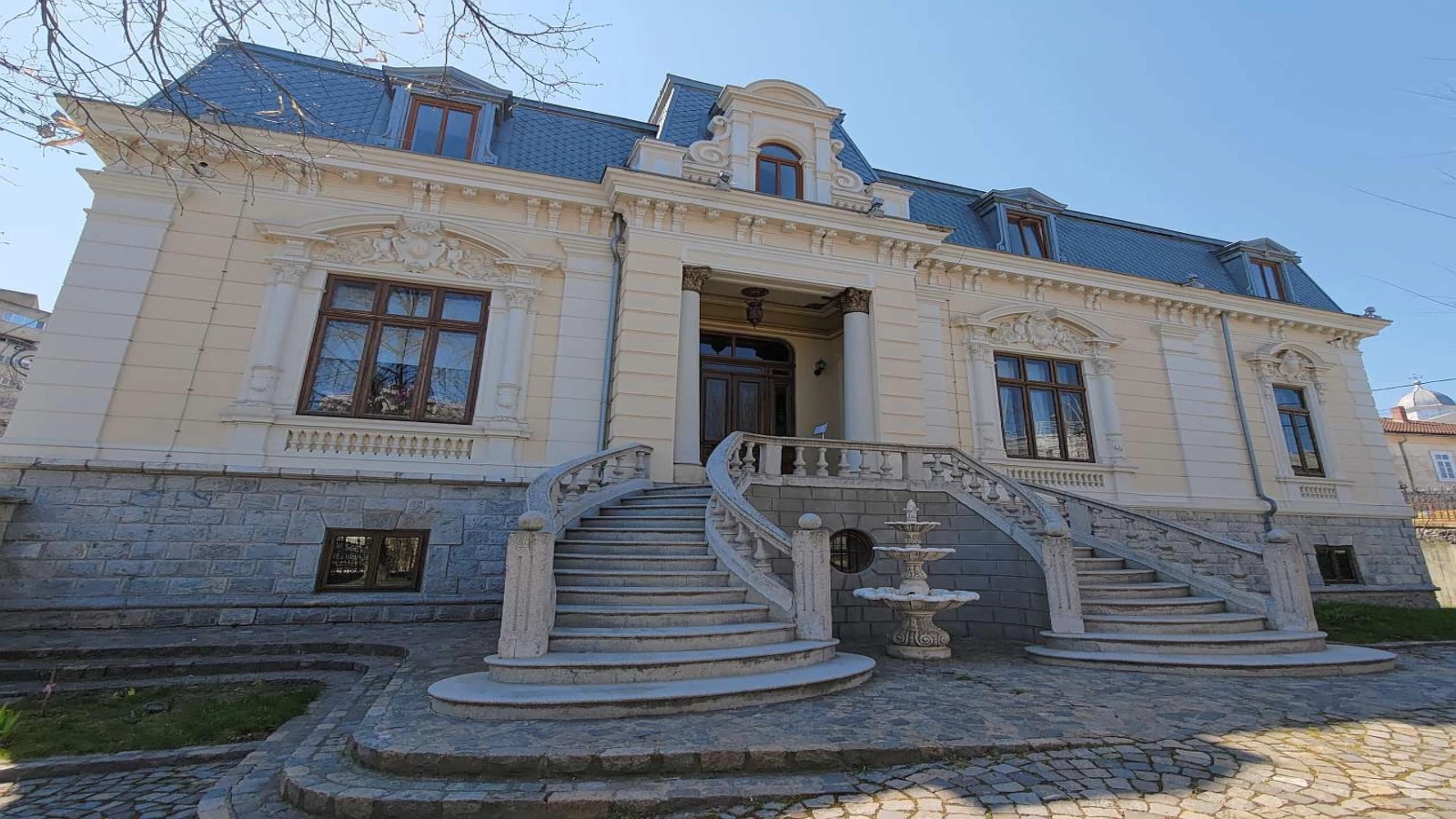




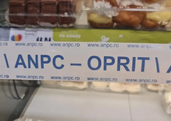



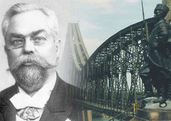


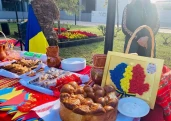
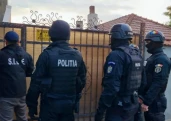
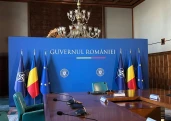
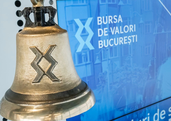
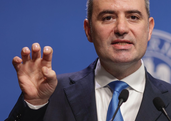


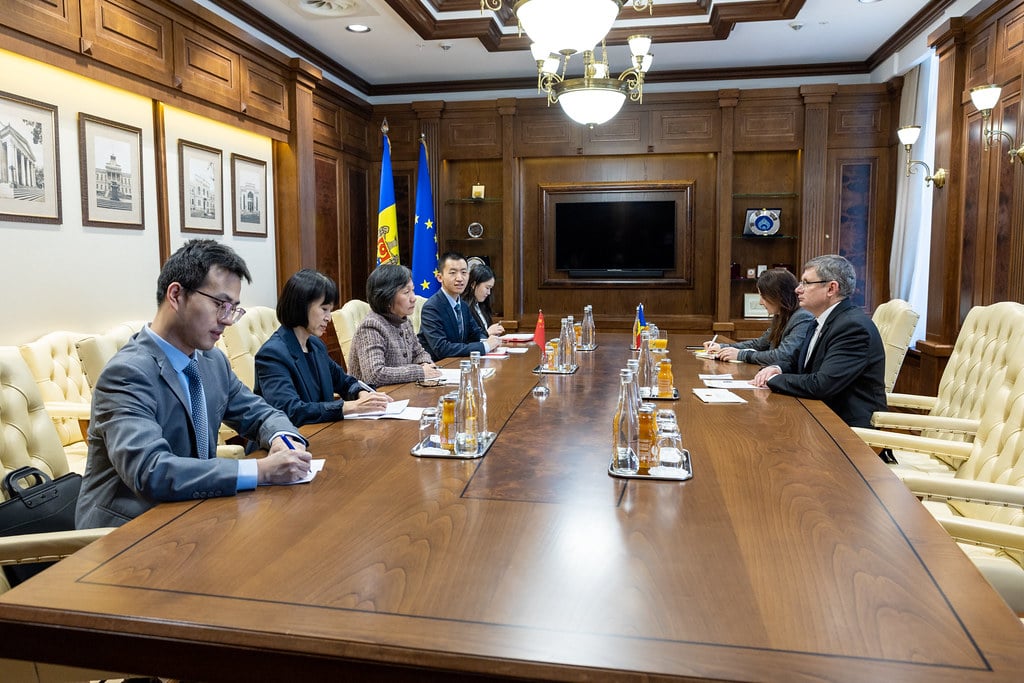
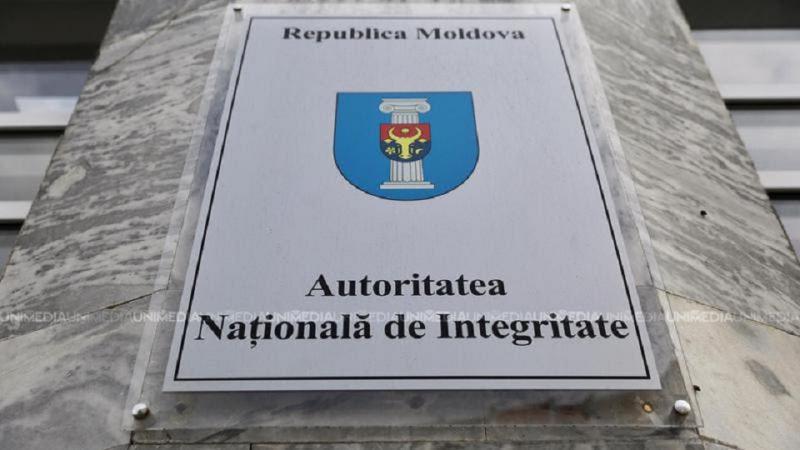

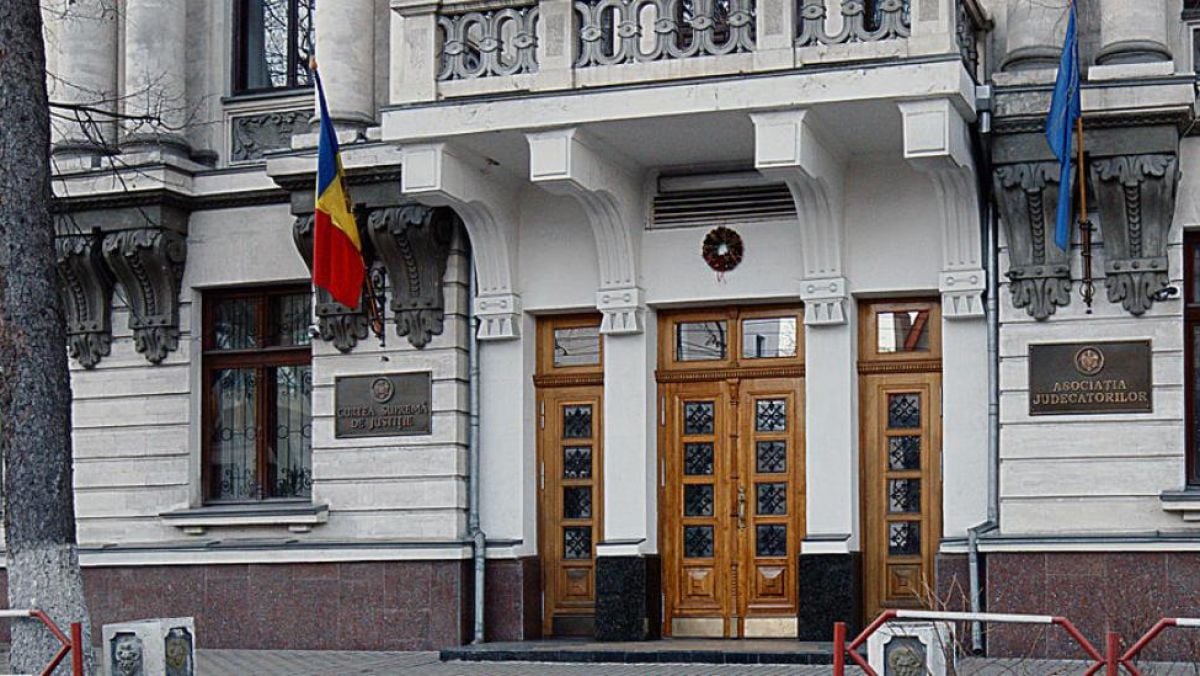




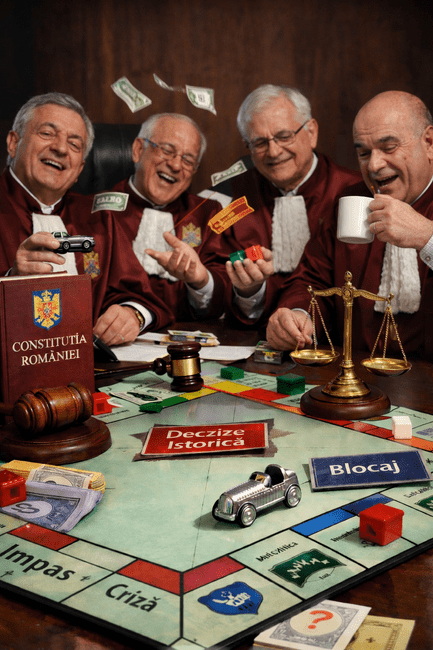


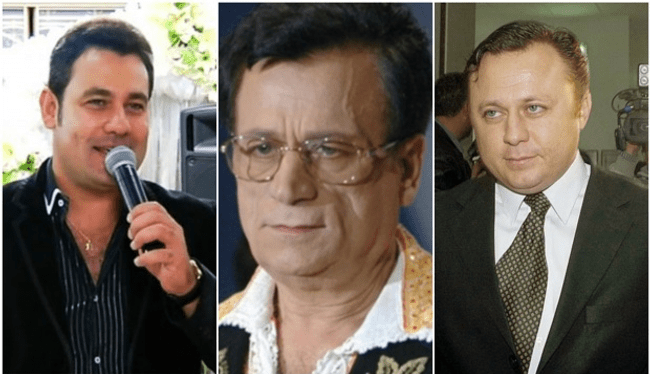
Comentează